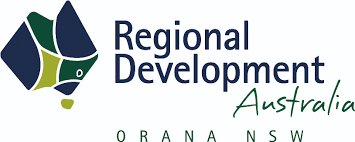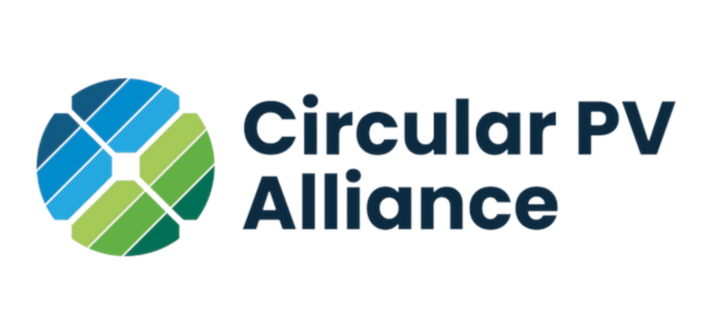Australia’s iron ore future hinges on green transition, report warns
Decarbonisation pressures could halve export revenues or create a $250bn opportunity according to a Climate Energy Finance (CEF) report.

As the world’s top exporter of iron ore, Australia risks losing up to 50% of its $138 billion annual export revenues unless it invests in green iron production, according to a report by Climate Energy Finance (CEF). The report, Green Metal Statecraft: Forging Australia’s Green Iron Industry, argues that the shift towards decarbonisation in key markets such as China demands urgent action to maintain Australia's role in the global steel supply chain.
Iron ore exports currently account for a third of Australia’s resource and energy export revenues, with China taking 86% of shipments. However, China is peaking in steel production and transitioning towards lower-carbon supply chains, meaning Australia's continued reliance on traditional iron ore exports could leave it economically vulnerable. Transitioning away from our economic reliance on iron ore, the report stresses, requires the right mix of policy settings, investment incentives, and international collaboration.
The report outlines an opportunity for Australia to use its extensive iron ore reserves and renewable energy resources to produce green iron locally. This transition could double export revenues to over $250 billion annually while reducing global carbon emissions by one billion tonnes per year, equivalent to twice Australia’s domestic emissions.
CEF Director Tim Buckley called for swift government support to set up green iron production at scale, saying, “We need government financial support for the first-of-a-kind deployments of green iron at commercial scale here, to develop the ‘learning by doing’ and supply chain capacities needed.”
Buckley also urged collaboration with trade partners to create market signals that would drive private investment in decarbonisation.
The report includes several recommendations, such as:
- Developing a National Green Iron and Steel Strategy.
- Allocating $20 billion through a Future Fund for renewable-powered green metals processing.
- Supplying $500 million to the CSIRO for research and development.
- Establishing a trilateral clean commodities trading framework with South Korea and Japan.
- Collaborating on carbon pricing mechanisms to create a premium market for green iron exports.
Matt Pollard, lead author of the report, cautioned that the window for action is narrow. He explained, “We are now at the precipice of a rapid shift towards decarbonisation in our largest and most profitable export market, with major implications for Australian iron ore exports. This demands that we act now to establish capabilities in production of green iron.”
The potential environmental benefits are equally substantial, with steel production currently responsible for 6.7% of global emissions. Transitioning to green iron would contribute significantly to decarbonisation efforts worldwide.
Professor Elizabeth Thurbon of UNSW, who authored the report’s foreword, reinforced the need for action, saying, “Australia stands at a nation-defining crossroads with our country's economic, energy and environmental security at stake. We can ignore these challenges and suffer a massive hit to our lives and livelihoods. Or we can confront these challenges head on.”















